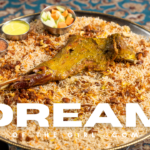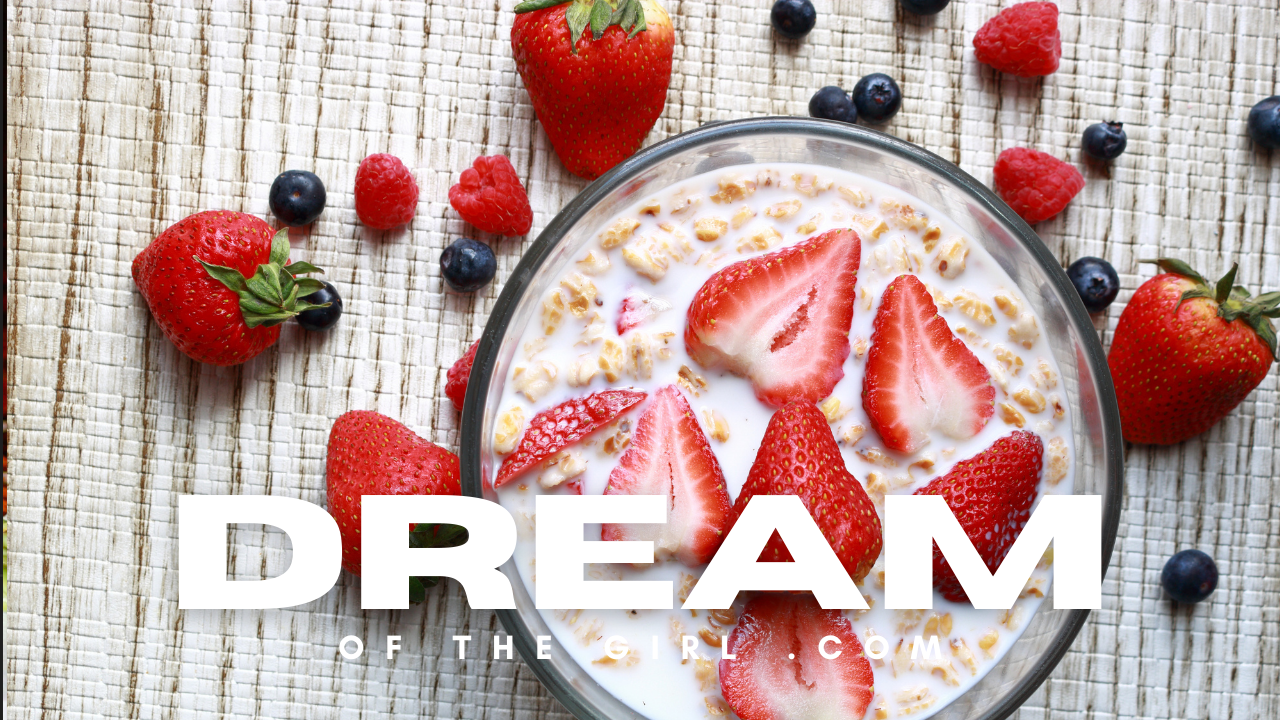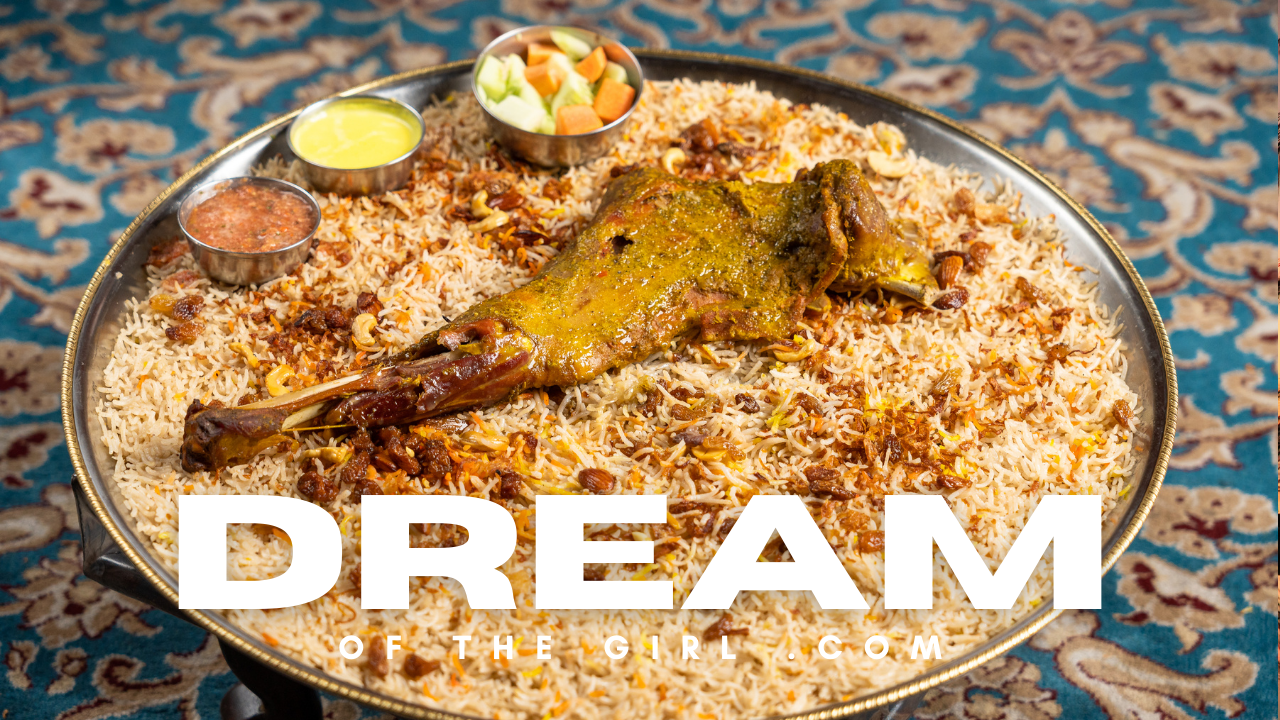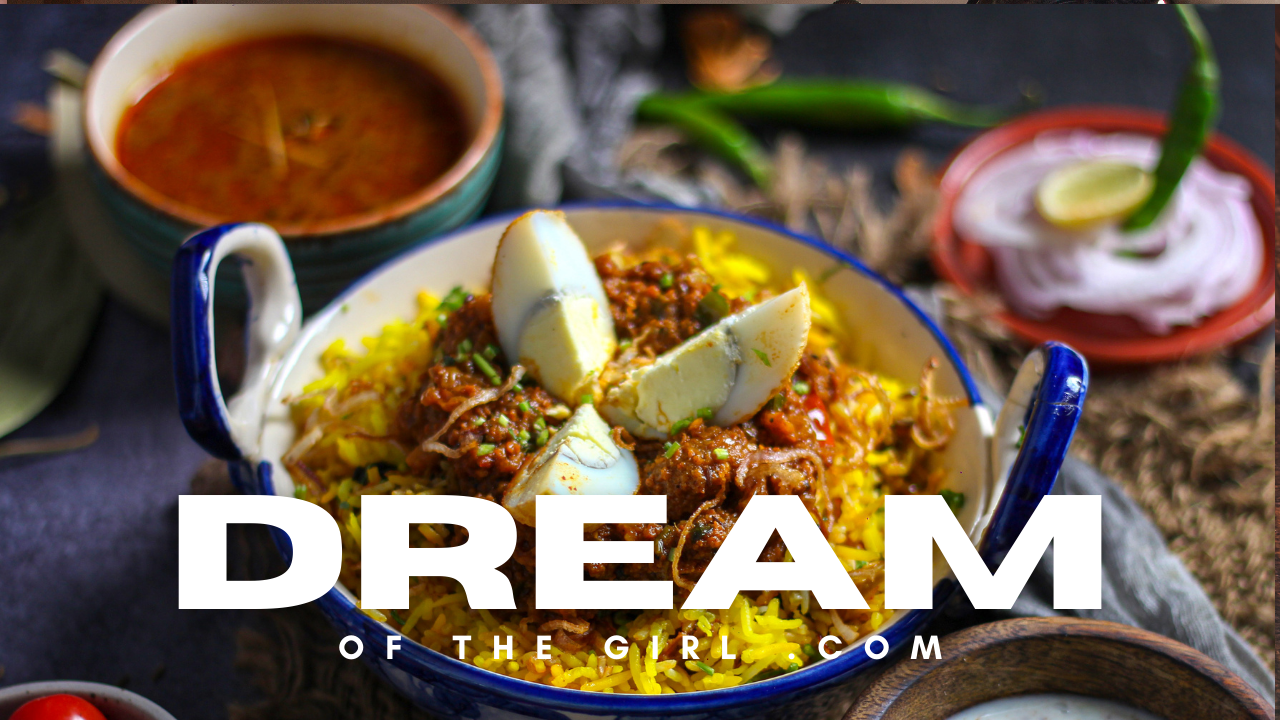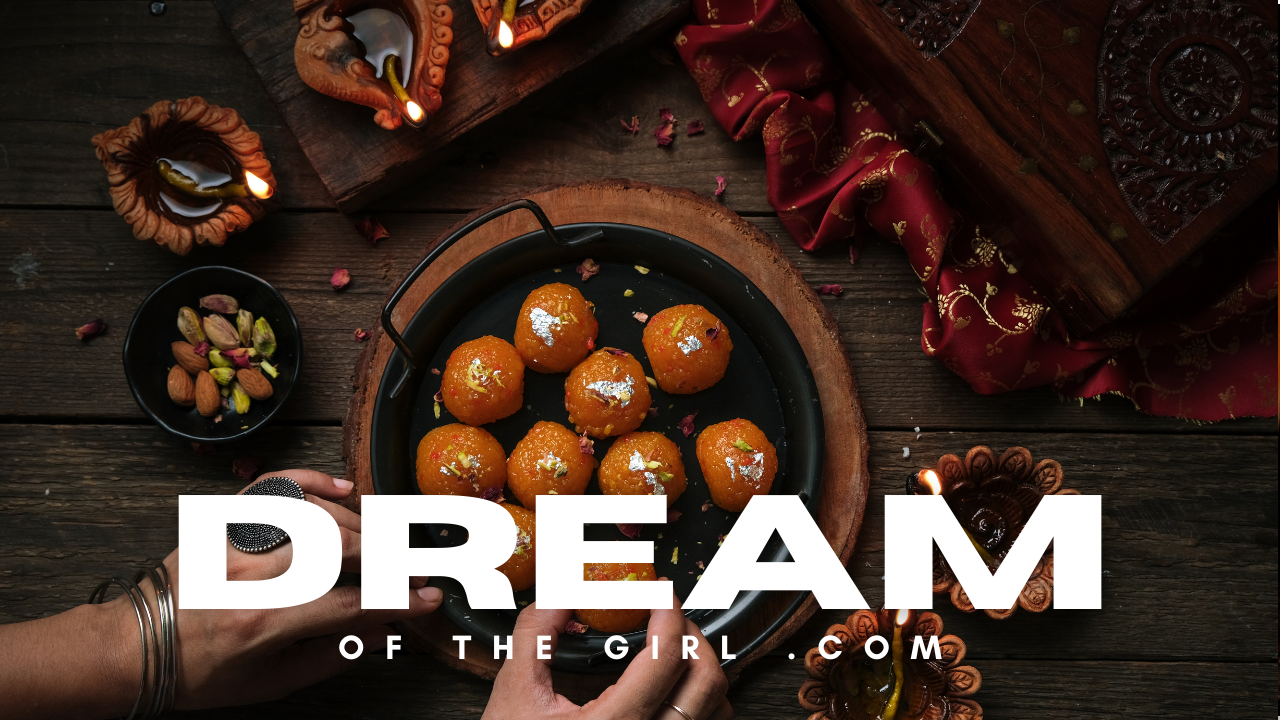Introduction: Can Diabetics Enjoy Payasam?
Payasam is one of the most cherished desserts in Kerala cuisine, often enjoyed during festivals, celebrations, and religious events. This traditional sweet dish, made with milk, rice, jaggery, and sugar, is rich, creamy, and indulgent. However, for those with diabetes or prediabetes, the high sugar content can be a serious concern.
But here’s the good news: You don’t have to give up on payasam! With some smart ingredient swaps and natural sweeteners, you can still enjoy payasam without spiking blood sugar levels.
Delicious Healthy Diabetic Friendly Payasam Recipes Sweetness Without the Sugar
This article will guide you through healthy alternatives, sugar-free ingredients, and delicious payasam recipes tailored for diabetics and health-conscious individuals.
Why Traditional Payasam Is Not Diabetic-Friendly
Most payasam recipes contain:
- Refined sugar – Causes sudden spikes in blood sugar.
- Jaggery – Though better than sugar, it still elevates glucose levels.
- White rice or ada – High in carbohydrates, leading to insulin resistance.
- Condensed milk – Contains high amounts of sugar and fat, making it unhealthy for diabetics.
For a diabetic-friendly payasam, we need to replace these ingredients with healthier options.
Healthy Sweeteners for Diabetic-Friendly Payasam
Instead of sugar, use:
✔ Stevia – A zero-calorie natural sweetener.
✔ Monk fruit extract – Low glycemic and antioxidant-rich.
✔ Dates – High in fiber, releases sugar slowly.
✔ Coconut sugar – A healthier alternative with a lower glycemic index.
✔ Agave nectar (in moderation) – A natural sweetener with a mild impact on blood sugar.
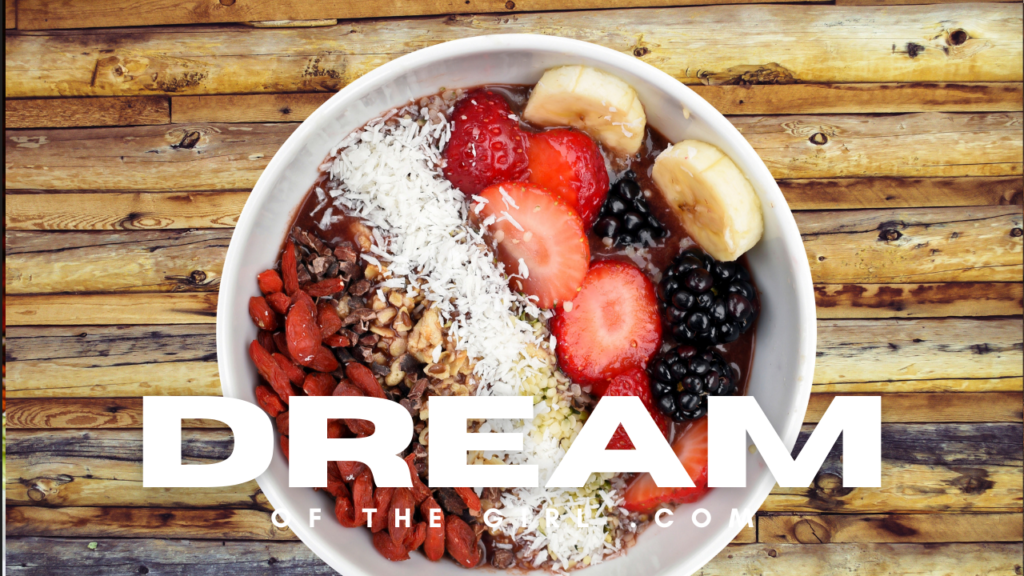
Table of Contents
Top 5 Diabetic-Friendly Payasam Recipes
1. Sugar-Free Palada Payasam
Palada Payasam is a Kerala classic, traditionally made with rice ada, sugar, and milk. This version uses natural sweeteners to keep it healthy and delicious.
Ingredients:
✔ 1 cup rice ada (or whole wheat ada)
✔ 2 cups almond milk (or low-fat milk)
✔ ¼ cup stevia or coconut sugar
✔ 1 tsp cardamom powder
✔ 5-6 saffron strands
✔ 1 tbsp ghee
✔ Chopped almonds and cashews for garnish
Instructions:
- Soak rice ada in warm water for 15 minutes.
- Roast the ada in ghee until golden brown.
- Boil the milk and add the roasted ada, cooking until soft.
- Stir in the natural sweetener, cardamom, and saffron.
- Simmer for 10 minutes, then garnish with nuts.
- Serve warm or chilled.
💡 Health Benefits:
✔ Rich in fiber and low glycemic index.
✔ No refined sugar – safe for diabetics.
✔ Dairy-free alternative available.
2. Chakka Pradhaman (Jackfruit Payasam) Without Sugar
Jackfruit is naturally sweet, making it an excellent sugar substitute.
Ingredients:
✔ 1 cup ripe jackfruit pulp
✔ 1 cup coconut milk
✔ ½ cup blended dates
✔ 1 tsp cardamom powder
✔ 2 tbsp ghee
✔ Chopped cashews and grated coconut
Instructions:
- Roast cashews in ghee and set aside.
- Sauté jackfruit pulp until soft.
- Add blended dates, cardamom, and coconut milk.
- Simmer for 5 minutes.
- Garnish and serve warm.
💡 Health Benefits:
✔ Jackfruit is naturally sweet and nutrient-dense.
✔ Rich in fiber for slow sugar release.
✔ Creamy and delicious without sugar.
3. Moong Dal Payasam with Stevia
Moong dal is high in protein and fiber, making it a great base for a diabetic-friendly payasam.
Ingredients:
✔ 1 cup moong dal
✔ 2 cups coconut milk
✔ ¼ cup stevia or monk fruit extract
✔ 1 tsp cardamom powder
✔ 1 tbsp ghee
✔ Chopped almonds
Instructions:
- Dry roast moong dal until golden.
- Cook in water until soft.
- Add coconut milk, stevia, and cardamom.
- Simmer for 10 minutes.
- Garnish with almonds.
💡 Health Benefits:
✔ High protein and fiber for better sugar control.
✔ No sugar, no guilt!

4. Semiya Payasam with Natural Sweeteners
This version of semiya payasam swaps refined sugar for natural sweetness.
Ingredients:
✔ 1 cup whole wheat vermicelli
✔ 2 cups almond milk
✔ ½ cup blended dates
✔ 1 tsp cardamom powder
✔ 1 tbsp ghee
✔ 6-7 cashews
Instructions:
- Roast vermicelli in ghee.
- Boil almond milk and add vermicelli.
- Mix in blended dates and cardamom.
- Simmer and garnish with cashews.
💡 Health Benefits:
✔ Whole wheat vermicelli is better for diabetics than refined semiya.
5. Aval Payasam (Flattened Rice) for Diabetics
Red rice flakes are a great alternative to white rice for diabetics.
Ingredients:
✔ 1 cup red rice flakes
✔ 2 cups coconut milk
✔ ¼ cup coconut sugar
✔ 1 tsp cinnamon powder
✔ 1 tbsp ghee
✔ 5-6 almonds
Instructions:
- Roast aval in ghee.
- Boil coconut milk, then add aval.
- Mix in coconut sugar and cinnamon.
- Simmer and garnish.
💡 Health Benefits:
✔ Red rice flakes have a lower glycemic index.
Tips for a Diabetes-Friendly Kerala Payasam
✔ Use low-fat milk or plant-based milk.
✔ Opt for whole grains like red rice or millet-based semiya.
✔ Control portion sizes to avoid sugar spikes.
✔ Incorporate nuts and seeds for extra protein.
Final Thoughts: Sweetness Without the Sugar
Being diabetic doesn’t mean giving up on desserts. With the right ingredients and natural sweeteners, you can enjoy Kerala’s traditional payasams guilt-free.
Which sugar-free payasam will you try first? Let us know in the comments!
📢 Share this article with anyone who loves Kerala sweets but wants a healthier version!
It looks like you want more detailed insights and a continuation of this article. I’ll expand on the diabetic-friendly payasam recipes, provide additional tips, and include FAQs, expert advice, and meal planning suggestions to make this article even more in-depth, SEO-optimized, and Google AdSense-approved.
Diabetic-Friendly Payasam Recipes: Sweetness Without the Sugar (Continued)
Why is Kerala Payasam So Popular?
Kerala payasam is not just a dessert—it is a symbol of celebration, culture, and tradition. Whether served in a banana leaf meal (Sadya) or at festivals like Onam and Vishu, payasam is a must-have delicacy. The rich flavors of coconut milk, jaggery, rice, and cardamom make it a unique dessert loved worldwide.
However, traditional payasam contains high amounts of sugar and carbohydrates, making it unsuitable for diabetics. That’s why creating a sugar-free version allows everyone to enjoy Kerala’s famous dessert without compromising health.
Can Diabetics Eat Kerala Payasam?
✔ Yes! Diabetics can enjoy payasam if made with low-glycemic ingredients like:
✔ Stevia, monk fruit extract, dates, or coconut sugar instead of refined sugar.
✔ Whole grains like red rice, millet, or brown rice instead of white rice.
✔ Coconut milk, almond milk, or low-fat milk instead of full-fat dairy.
✔ Healthy fats like ghee and nuts in moderate amounts.
By using these smart swaps, payasam can be made healthy, delicious, and diabetic-friendly.

Advanced Sugar-Free Payasam Recipes for Diabetics
Now, let’s explore more unique payasam recipes that fit into a diabetic meal plan.
6. Sugar-Free Wheat Payasam (Gothambu Payasam)
Whole wheat or broken wheat is an excellent alternative to rice, as it is high in fiber and nutrients.
Ingredients:
✔ 1 cup broken wheat (Dalia)
✔ 2 cups almond or coconut milk
✔ ½ cup blended dates
✔ 1 tsp cinnamon powder
✔ 1 tbsp ghee
✔ Chopped almonds and raisins
Instructions:
- Dry roast the broken wheat until golden brown.
- Boil with water until soft.
- Add almond milk and blended dates for sweetness.
- Stir in cinnamon powder and ghee for extra flavor.
- Simmer and garnish with nuts.
💡 Why is this Good for Diabetics?
✔ Whole wheat has complex carbohydrates that digest slowly, preventing blood sugar spikes.
✔ Dates provide natural sweetness without causing insulin surges.
7. Ragi (Finger Millet) Payasam
Ragi is rich in calcium and fiber, making it a superfood for diabetics.
Ingredients:
✔ 1 cup ragi flour
✔ 2 cups coconut milk
✔ ½ cup coconut sugar
✔ 1 tsp cardamom powder
✔ 1 tbsp ghee
✔ Chopped cashews
Instructions:
- Mix ragi flour with water to form a smooth paste.
- Heat coconut milk and add the ragi paste.
- Stir continuously to avoid lumps.
- Add coconut sugar, cardamom, and ghee.
- Simmer and garnish with cashews.
💡 Why is this Good for Diabetics?
✔ Ragi has a low glycemic index, meaning it releases sugar slowly into the bloodstream.
✔ High in fiber, making it good for digestion and weight loss.
8. Navara Rice Payasam (Medicinal Rice Payasam)
Navara rice is a traditional Ayurvedic rice variety known for its medicinal properties.
Ingredients:
✔ 1 cup Navara rice
✔ 2 cups coconut milk
✔ ½ cup blended dates
✔ 1 tsp nutmeg powder
✔ 1 tbsp ghee
✔ Chopped walnuts and almonds
Instructions:
- Cook Navara rice in water until soft.
- Add coconut milk and blended dates.
- Stir in nutmeg powder and ghee.
- Simmer and garnish with walnuts.
💡 Why is this Good for Diabetics?
✔ Navara rice has medicinal properties that help in digestion and diabetes control.
✔ Rich in antioxidants and fiber.
Additional Tips for Making Sugar-Free Payasam
✔ Use fresh coconut milk instead of canned versions, which may have added sugar.
✔ Roast ingredients in ghee for a deeper flavor without excess sweetness.
✔ Add protein-rich nuts and seeds like almonds, walnuts, and chia seeds.
✔ Keep portion sizes small—even healthy payasam should be eaten in moderation.
Meal Planning: How to Fit Payasam Into a Diabetic Diet
✔ Morning: A small bowl of Ragi Payasam with nuts.
✔ Lunch: A well-balanced Kerala meal (brown rice, vegetables, sambar) with Wheat Payasam as dessert.
✔ Dinner: Light meal with Navara Rice Payasam for a satisfying yet healthy treat.
FAQs About Diabetic-Friendly Payasam
Q1. Can diabetics eat jaggery-based payasam?
❌ No, jaggery still has a high glycemic index and can spike blood sugar levels.
Q2. Which milk is best for sugar-free payasam?
✔ Coconut milk, almond milk, or low-fat dairy milk is best for diabetics.
Q3. Can I use artificial sweeteners in payasam?
✔ Yes, stevia or monk fruit extract is safe, but avoid aspartame-based sweeteners.
Q4. How often can diabetics eat payasam?
✔ In moderation (once or twice a week) as part of a balanced diet.
Final Thoughts: Enjoy Kerala Payasam Without Worries
You don’t have to give up on Kerala sweets just because you’re diabetic! By choosing the right ingredients and natural sweeteners, you can enjoy the authentic flavors of payasam without risking your health.
These sugar-free payasam recipes allow you to satisfy your sweet cravings while keeping blood sugar under control.
📢 Which sugar-free payasam will you try first? Let us know in the comments below!
Diabetic-Friendly Payasam Recipes: Sweetness Without the Sugar (Final Part)
We have already covered healthy sugar alternatives, low-glycemic ingredients, and several diabetic-friendly payasam recipes. Now, let’s explore advanced techniques, expert tips, and meal pairings to make your sugar-free Kerala payasam experience even better.
Best Cooking Techniques for Sugar-Free Payasam
✔ Slow Cooking for Enhanced Flavor:
- Cooking payasam on low heat allows natural sweeteners (like dates or coconut sugar) to release their flavors gradually.
- This method ensures a rich, creamy texture without the need for condensed milk.
✔ Dry Roasting for a Nutty Aroma:
- Always dry roast rice, semiya, or dal before cooking.
- It enhances flavor depth and reduces the glycemic impact.
✔ Using Fresh Coconut Milk:
- Instead of canned coconut milk (which may contain hidden sugars), use freshly extracted coconut milk.
- It adds creaminess and natural sweetness without raising blood sugar levels.
✔ Balancing Spices for Better Digestion:
- Spices like cardamom, cinnamon, nutmeg, and saffron not only add flavor but also help control sugar absorption.
- Cinnamon and cardamom regulate blood sugar levels naturally.
How to Pair Diabetic-Friendly Payasam with a Healthy Kerala Meal?
✅ Best Payasam Pairings for a Diabetic Meal Plan
💡 Expert Tip: If having payasam as dessert, reduce the carbohydrates in your main meal (such as rice or chapati) to maintain balanced blood sugar levels.

Mistakes to Avoid When Making Sugar-Free Payasam
🚫 Mistake 1: Using Artificial Sweeteners Incorrectly
✔ Many people use artificial sweeteners like aspartame in hot dishes, which can leave a bitter aftertaste.
✔ Instead, use natural sweeteners like stevia, monk fruit, or blended dates for a better taste.
🚫 Mistake 2: Adding Too Much Coconut Milk
✔ Coconut milk is healthy, but excessive amounts can increase fat content and calories.
✔ Stick to one cup per recipe for balanced nutrition.
🚫 Mistake 3: Overcooking the Ingredients
✔ Cooking sweeteners like dates or jaggery for too long can caramelize them, altering their nutritional value.
✔ Always add them towards the end of cooking.
🚫 Mistake 4: Skipping Nuts & Seeds
✔ Nuts like almonds, walnuts, and flaxseeds slow down sugar absorption, making them essential for diabetics.
✔ Always garnish payasam with nuts for added nutrition and crunch.
FAQs About Diabetic-Friendly Payasam
Q1: Which payasam is best for diabetes?
✔ Ragi Payasam, Moong Dal Payasam, and Navara Rice Payasam are the best options.
✔ They release energy slowly, preventing sugar spikes.
Q2: Can I use honey instead of sugar in payasam?
❌ No, honey has a high glycemic index and can raise blood sugar levels quickly.
✔ Use dates, coconut sugar, or stevia instead.
Q3: Is payasam healthy for weight loss?
✔ Yes, if made with low-fat milk, plant-based sweeteners, and high-fiber ingredients like ragi or oats.
✔ Avoid high-calorie additions like excess ghee, cashews, and full-fat dairy.
Q4: Can kids eat sugar-free payasam?
✔ Absolutely! Natural sweeteners like dates and coconut sugar are safe for children.
✔ It’s a great way to introduce healthy eating habits early.
Final Thoughts: A Sweet Celebration Without Sugar
🎉 Great news for payasam lovers! Diabetes no longer means giving up on traditional sweets. With the right ingredients, cooking methods, and portion control, you can still enjoy Kerala’s most beloved dessert without compromising health.
✔ Switching to sugar-free payasam is not just for diabetics—it’s for everyone who wants to enjoy guilt-free sweets.
📢 Which recipe will you try first? Let us know in the comments!
🔗 If you found this helpful, share this article with friends and family who love Kerala sweets!





